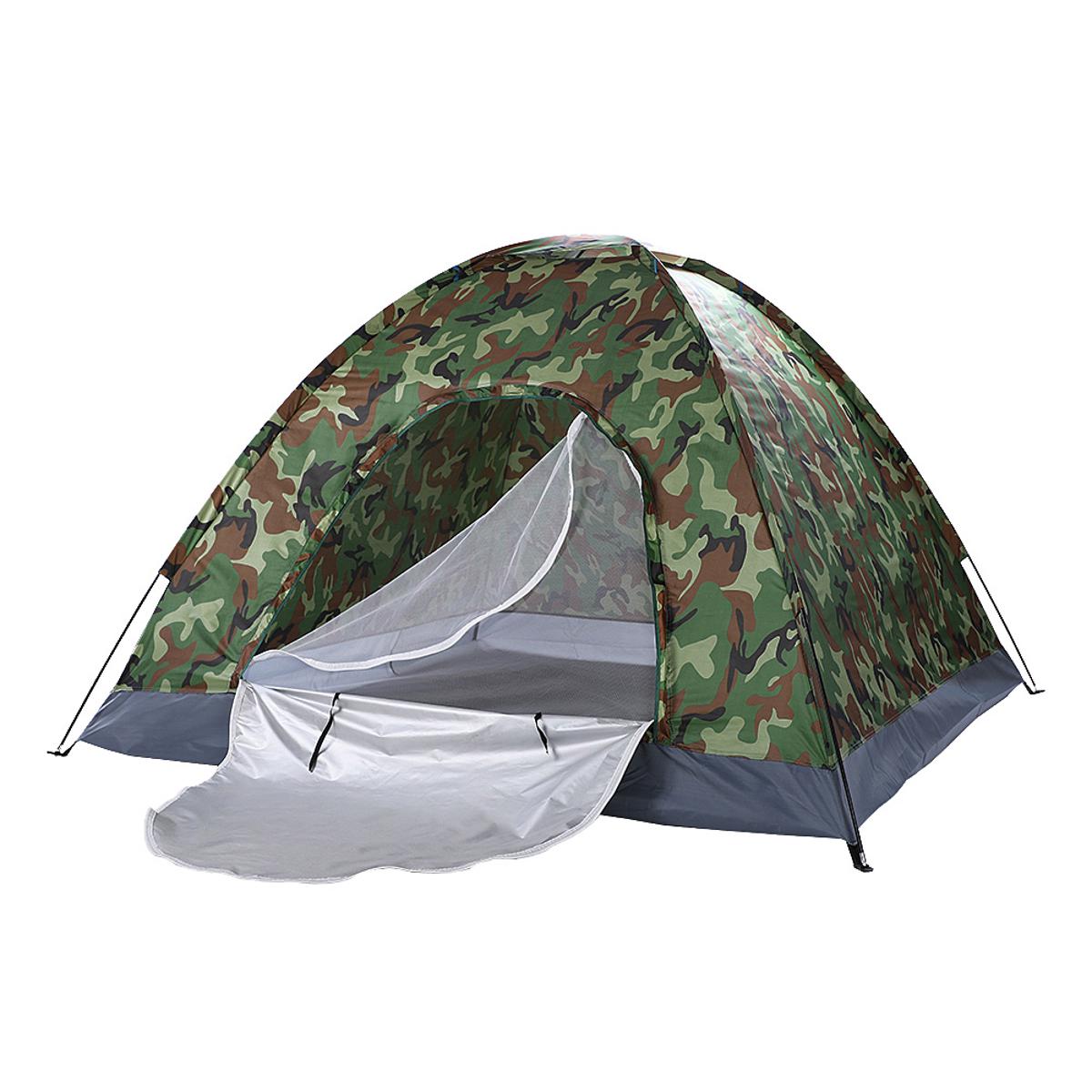Berg Engineering and Sales, longtime distributor of the GE MIC 10, sought to find a device with increased accuracy, speed and size capabilities for testing portable hardness testers.
UCI (Ultrasonic Contact Impedance) technology offers an ideal solution, and NewSonic’s SonoDur2 hardness tester uses this technique for non-destructive, fast, and accurate hardness testing.
Frequency Measurement
Changes in vibration frequency caused by changes in test force are measured as deviations from its stand-by frequency (f0). This provides a direct measurement of material hardness.
Adjustment to materials with differing moduli of elasticity (copper, aluminum and chrome) is straightforward with comparative measurement using a classic Vickers hardness measuring machine – just once! Once done, this adjustment number “CAL” can then be stored and used for production control by immediately displaying its value on-screen.
This UCI portable unit is the ideal tool for weld inspection, hardness testing of coatings and thin-walled structures and parts, hardness control of coatings and thin-walled structures and parts, hardness control of stamping dies/molds ion-nitrided stamping dies/molds ion-nitrided stamping dies molds metal sheets with intricate or complex shapes as well as conversion to other hardness scales at any time; conversions between scales/material tables allow nondestructive testing of small metal components which cannot be tested using other portable units such as pipe welds.
Frequency Shift Measurement
An UCI test measures the vibration frequency of a mechanical resonator with an indenter tip by measuring its deviation from standby frequency f0 in air (differential frequency Df). This difference in vibration frequency directly corresponds with material hardness.
Digital measurement results are evaluated and displayed instantly, enabling instantaneous conversion to various hardness scales (Rockwell, Vickers and Brinell). Furthermore, this method can also be used to assess steel grades with standard conversion methods (UCI – Rockwell Vickers Brinell).
In addition to monitoring oscillation frequency with material contact, the SONODUR 3 provides several quality assurance functions for process control during production. For instance, its measurement device can automatically compare measurements from two or more operators. Furthermore, an on-site comparative test allows quick adjustment of its instrument for materials with differing Young’s modulus values.
Frequency Change Measurement
Mechanical resonators (vibrating rods) come into contact with hard materials which alters its resonant frequency, shifting it by an amount specified. This frequency shift is then precisely determined using differential measurement and converted into hardness value according to standards.
UCI hardness testing is ideal for applications where classic hardness testing techniques such as Vickers, Brinell, or Rockwell methods cannot be applied efficiently; such as inspection of goods at delivery point; mixing-up checks during production control processes; maintenance on integrated components.
FOERSTER’s portable UCI instrument SONODUR 3 works on the principle of dynamic coupling impedance measurement and features probes with test loads ranging from 10 N to 49 N and 98 N for hardness testing in large or small components, such as those difficult to access like tooth flanks or gear roots. Results are displayed instantly on screen for instant decision-making.
Frequency Adjustment
UCI (Ultrasonic Contact Impedance) testing involves depressing a Vickers diamond at the end of a rod against the test material surface, measuring any change in vibration frequency caused by its penetration, and translating that change into hardness values without needing optical evaluation or time-consuming manual measurements of indentation size – this all takes place within seconds!
This portable hardness testing method utilizes Dietmar Leeb’s Leeb principle from the 1970s. An impact body, spring loaded for easy deployment against any test surface and capable of exerting impact at high velocity against it, impacts against it to cause rebound that is then quickly and easily measured non-contact mode, before automatically being converted into Rockwell C, B, Brinell or Vickers scales for measurement and conversion.
Testing applications typically include small forgings, cast materials, welds, heat-affected zones, ion-nitrided stamping dies and molds, thin walled parts and gears. This method of examination is particularly suited for areas that cannot be easily examined using portable testing methods like dynamic impact.















Leave a Reply